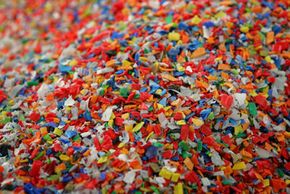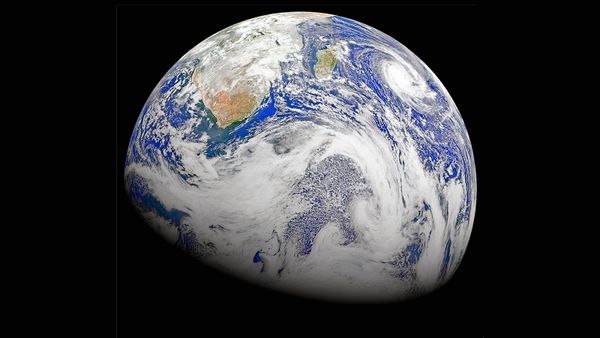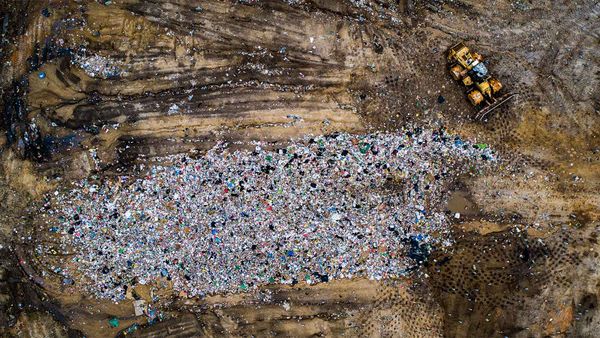Plastics are everywhere. While you're reading this article, there are probably numerous plastic items within your reach (your computer, your pen, your phone). A plastic is any material that can be shaped or molded into any form -- some are naturally occurring, but most are man-made.
Plastics are made from oil. Oil is a carbon-rich raw material, and plastics are large carbon-containing compounds. They're large molecules called polymers, which are composed of repeating units of shorter carbon-containing compounds called monomers. Chemists combine various types of monomers in many different arrangements to make an almost infinite variety of plastics with different chemical properties. Most plastic is chemically inert and will not react chemically with other substances -- you can store alcohol, soap, water, acid or gasoline in a plastic container without dissolving the container itself. Plastic can be molded into an almost infinite variety of shapes, so you can find it in toys, cups, bottles, utensils, wiring, cars, even in bubble gum. Plastics have revolutionized the world.
Advertisement
Because plastic doesn't react chemically with most other substances, it doesn't decay. Therefore, plastic disposal poses a difficult and significant environmental problem. Plastic hangs around in the environment for centuries, so recycling is the best method of disposal. However, new technologies are being developed to make plastic from biological substances like corn oil. These types of plastics would be biodegradable and better for the environment.
In this article, we'll examine the chemistry of plastic, how it's made, how it's used, and how it's disposed of and recycled. We'll also look at some new biologically based plastics and their role in the future of plastic.


